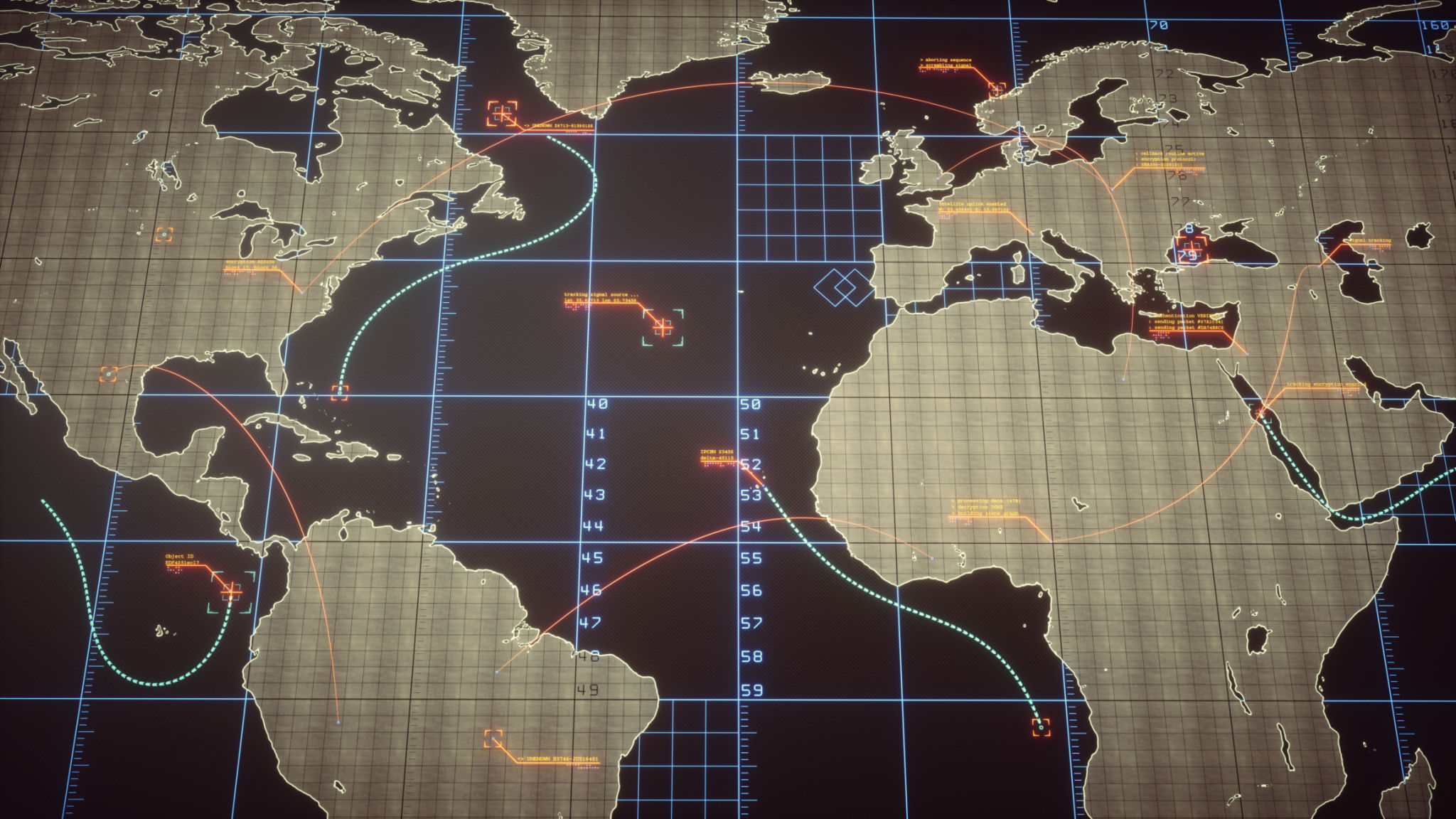The Impact of Dynamic Combat in VR: A Look at Facility 13
The Evolution of Virtual Reality Combat
Virtual Reality (VR) has revolutionized the gaming industry, offering an immersive experience that traditional gaming platforms simply cannot match. One standout in this field is Facility 13, a VR game that exemplifies the transformative power of dynamic combat. By integrating advanced mechanics and real-time interactions, Facility 13 provides players with an unprecedented level of engagement and realism.

The journey of VR combat games from simple, static environments to the complex dynamics of Facility 13 demonstrates a significant technological leap. This game incorporates state-of-the-art physics engines and AI algorithms to create environments where players can interact with their surroundings in ways that feel genuine and responsive. These advancements not only enhance the realism but also elevate the strategic depth of gameplay.
Immersive Game Mechanics
Facility 13's developers have focused on creating an immersive experience by utilizing dynamic combat mechanics. The game employs haptic feedback and motion tracking to ensure that every move and action feels authentic. This approach allows players to physically engage with the game, transforming ordinary actions into a lifelike experience. As a result, players find themselves more invested in the game's outcome, as their skills and reflexes play a crucial role in their success.
The introduction of physics-based interactions is another notable feature of Facility 13. Players can manipulate objects within the virtual environment, adding a layer of strategy that requires quick thinking and adaptability. This element of unpredictability keeps players on their toes, ensuring that no two gaming sessions are alike.

Strategic Depth and Player Engagement
Dynamic combat in Facility 13 goes beyond mere physical engagement; it also challenges players to develop tactical strategies. The game's AI is designed to respond intelligently to player actions, creating scenarios that demand quick decision-making and strategic planning. This dynamic approach ensures that players remain engaged, as they must continuously adapt to new challenges.
The game’s environment is designed to evolve based on player actions, which means that each decision impacts the progression and outcome of the game. This level of interactivity encourages players to explore different strategies, adding replay value and depth to the gaming experience.

The Future of Dynamic Combat in VR
The impact of Facility 13 on the VR gaming landscape is substantial. Its innovative use of dynamic combat mechanics sets a new standard for future VR games. As technology continues to advance, we can expect even more sophisticated and immersive experiences that push the boundaries of what is possible in virtual reality.
Looking ahead, developers are likely to build on the success of Facility 13 by exploring new ways to enhance player interaction and engagement. By incorporating elements such as voice recognition and enhanced AI behaviors, future VR games will offer even richer and more personalized experiences.
In conclusion, Facility 13 serves as a benchmark for the potential of dynamic combat in VR. By blending cutting-edge technology with creative game design, it offers a glimpse into the future of gaming—a future where players are not just observers but active participants in an ever-evolving digital world.